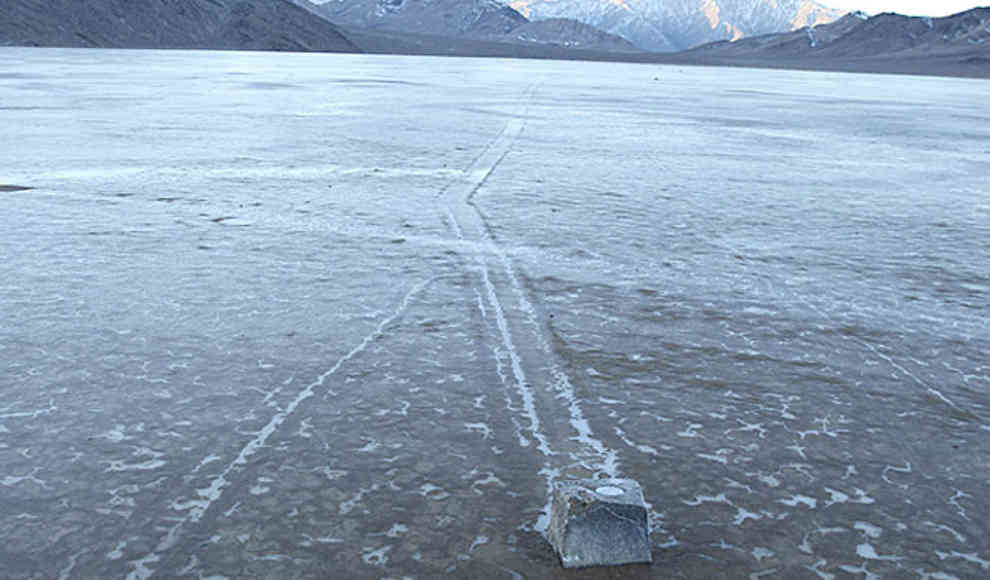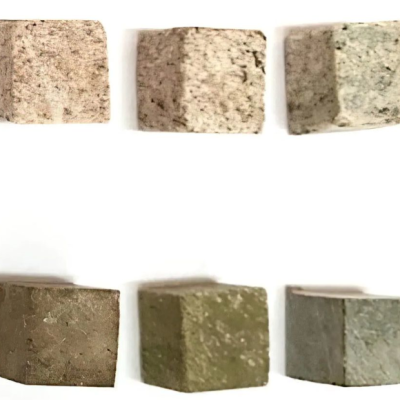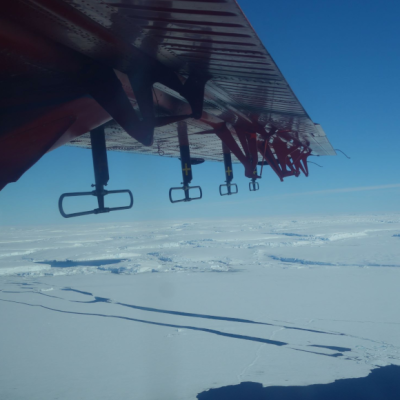The mystery of the wandering rocks in Death Valley has finally been solved. For years, scientists have been unable to explain why the rocks on Racetrack Playa in Death Valley move, leaving behind long trails in the sand. The national park, located mostly in California and partly in Nevada, is known for its extreme conditions, including scorching heat and arid landscapes. The highest point in the park is the 3,366-meter Panamint Range, while the lowest point is 85.95 meters below sea level. These conditions provide the basis for why the rocks move.
Scientists have been searching for answers for over 40 years, with various theories proposed, including magnetic fields and strong winds. However, none of these theories could be proven. In 2010, NASA scientists believed they had found a breakthrough, suggesting that winter storms and ice formation, combined with moving water in the Death Valley valleys, could lift and move the rocks. In 2013, a group of scientists, including Richard Norris from the Scripps Institution in La Jolla, California, continued this research by attaching GPS trackers to some of the rocks to document their movements.
During the winter of 2013, thin but large sheets of ice formed on the water-covered valleys of Death Valley, pushing the rocks up and allowing them to move. As the day progressed and the area warmed up, the ice melted, leaving behind the mysterious trails in the sand and the now immobile rocks. This breakthrough finally solves the mystery of the wandering rocks in Death Valley, providing a scientific explanation for a phenomenon that has puzzled scientists for decades.









